Ready or Not, the Future of Finance is Here
By: Mark A. Brousseau | January 19, 2021
ARTICLE — Does your finance department have the planning and budgeting tools it needs for the future?
The future may be the last thing on finance executives’ minds, overwhelmed with navigating the uncertainty associated with the pandemic, and adapting to fast-changing business imperatives.
But the finance function at most organizations is at a critical juncture.
Long-term success may depend on the steps that finance leaders take now to help get their department and the enterprise ready to face the significant challenges that lie ahead.
Ensuring an organization’s viability in tough times requires finance leaders to find ways to manage:
- Lower customer demand
- Supply chain issues
- Pricing pressure
- Working capital challenges
All the while, finance leaders must reduce the liability and risk exposure from new ways of working.
The problem is that most finance departments lack the speed, agility, and digital enablement required to help the business thrive when times are tough, much less to become a future-ready organization.
- Spreadsheets are the reporting tool of choice for many organizations
- Many organizations rely on inflexible workflows, many of which are paper-based
- Poorly integrated systems result in inaccessible, incomplete, and out-of-date information
- Processes are complicated and unnecessarily complex for finance and business users
- Few organizations have a way to enforce spend governance across the enterprise
A world-class ERP application is not enough to overcome these shortcomings.
The benefits of financial planning, budgeting, and control
To deal with the short- and long-term challenges, organizations must evolve their financial planning, budgeting, and control to provide the organization with more accurate data, real-time reporting, complete visibility, and “what-if” modeling for understanding the impact of financial changes.
Automating financial planning, budgeting, and control delivers compelling benefits:
- Purchases are automatically checked for budget availability before vendor commitment, and workflows are established for any proposed purchases that exceed budget availability.
- Decision-makers can instantly see spend in the procurement pipeline.
- Structured spend management processes make it easy to maintain expense plans.
- Capex and Opex reporting and amortizations are more easily managed.
- Forecasting can be done faster, in more detail, and with more accuracy and insight.
- Bi-directional insights and control are achieved with native ERP solutions.
What is more, the actionable insights provided by an automated financial planning, budgeting, and control solution integrated with an ERP application can help senior decision-makers develop financial plans, drive financial governance across the enterprise, and stay ahead of the competition.
These are the types of benefits that organizations need in the wake of the global pandemic.
Long-term, they result in a finance function that is more collaborative, agile, and resilient.
As we move closer to the end of 2020, organizations continue to face financial challenges. With an automated financial planning, budgeting, and control solution integrated with their ERP, finance leaders are unique to transform their department and help future-proof the organization.
Want to see how PyanGo helps automate your financial planning, budgeting, and control?
Click here to schedule an online product demonstration.




